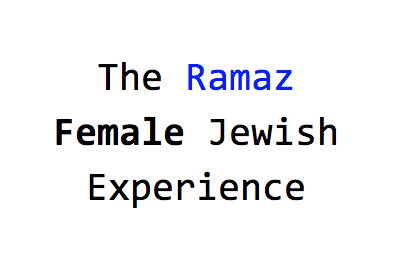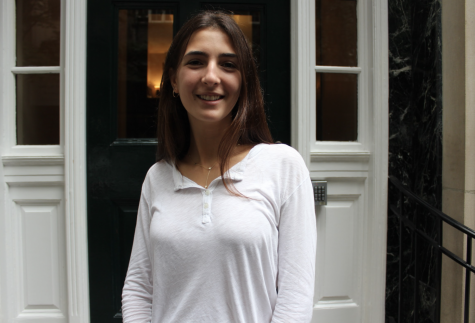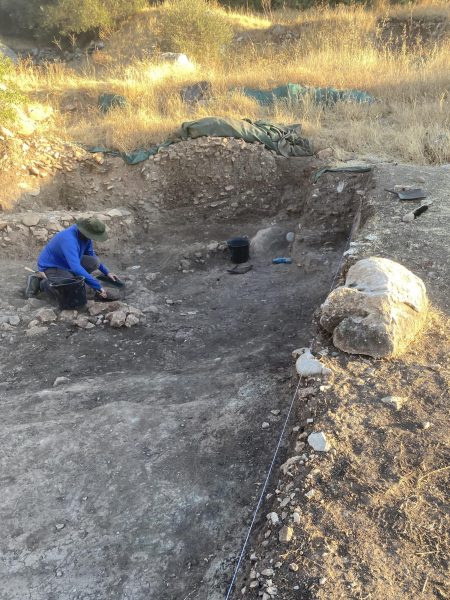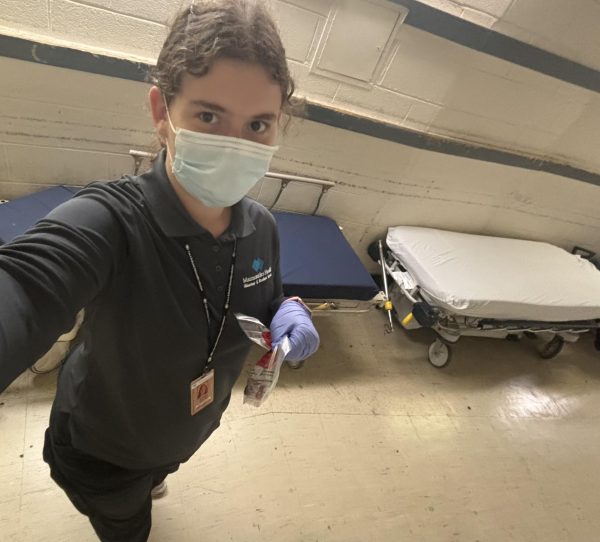The Ramaz Female Jewish Experience

At Ramaz, women’s Talmud Torah and involvement in the Judaic experience is hardly a new phenomenon—it dates all the way back to the school’s very first class in 1937. Founded as a progressive co-educational school, the female Jewish experience at Ramaz has never differed from that of the males. All students at Ramaz learn together, and there are no lines drawn between genders in the classroom. But as the discussions on women’s roles in Judaism and in the world at large have become ubiquitous, Ramaz’s administration has taken a closer look at expanding the experiences and even the Judaic Studies curriculum specifically for its female students. Over the past few years, society has taken more careful accounting of women in the workplace, the ratio of male to female leadership roles and equality in salary. In Washington, the first female major-party candidate was nominated to run for president, and the first female was elected to become Speaker of the House. Modern Orthodox institutions continue to grapple with gender issues including incorporating female clergy, the laws surrounding divorce and the ability of a male not to grant a female a get.
Ramaz has always been known as a school where students are encouraged to raise questions and speak up with their ideas for change. In terms of the Ramaz female Jewish experience, speaking up has translated into the recent addition of women carrying the torah through the women’s section, having a women’s shabbat Tish on Fridays in addition to a male Tish, and offering aliyot at Women’s Tephilla. “We have a very vibrant women’s minyan where the Torah is read. I just received an aliyah a couple of weeks ago and it was such a moving experience,” Ms. Krupka, the school’s Dean of Faculty, noted.
Nonetheless, Ramaz has notably lagged in the area of creating partnership minyanim and being open to women wearing tefillin. In 2014, another Jewish day school- not Ramaz- was internationally noted as the first school to allow women to wear tefillin.
“I do think that the culture of the school is moving toward the acceptance of women being more involved in minyan,” said Ms. Krupka, who also teaches a love and intimacy course for the seniors where gender and relationships are examined as it connects to Judaism. The course is a fairly new addition to the Ramaz curriculum, along with a class on Jewish feminism taught by Rabbi Bodner.
“We have a very rich population with so many different traditions and therefore different views on gender have allowed the conversation to play out,” Ms. Krupka said. While, at times, the discourse is contentious, this allows the many viewpoints present in the Ramaz community to be addressed.
At Ramaz, unlike other Orthodox day schools, all learning is coed. Amanda Koptiev ’19 who came from YCQ Middle School in Queens where males and females are separated for learning, said “I was used to having only girls in my classes. At Ramaz everything changed. At first I found it a little weird to learn Torah around boys but my opinions soon changed.”
Simultaneous to expanding its curriculum, the school has also looked to expand the female faculty members in the Judaic Studies department. This past year the Tanach department received two new female teachers. In the Fall of 2019, another will be joining Ramaz, bring the number of female teachers in the Tanach department up to five.
“I think that we have a healthy diversity among the Judaic Studies teachers, and I am glad to add my own voice,” noted Ms. Gedwiser, the only female teacher in the Talmud department. Ms. Gedwiser continued to explain that being female influences the way she presents course material, especially on certain topics, such as the discussion of dangerous pregnancies and abortion in Junior year. “I try to model a way of talking about gendered areas of the Gemara and Halacha (and Tanakh) that include women and our voices, rather than talk about us as if we are absent objects of a legal discussion. To me, an inclusive way of talking is not even about changing the ultimate conclusions, but rather a way of bringing women into the Torah conversation. I also make a conscious effort to share Torah thoughts by other women, such as contemporary articles on the parashah,” she said.
To many of the female students, any opportunity to learn more or become more involved influences their practice. “The more I learn about women’s roles in Judaism, the more I want to participate in any way a girl can,” said Kira Berman ’20 .
Any way that Ramaz can encourage and promote new opportunities for its female students to learn and grow will be welcomed by many of it students and also help Ramaz maintain the progressive ideals on which it was founded.

Sophia Kremer started writing for the Rampage as a freshman covering orientation and now serves as Co-Editor-in-Chief. Sophia plans to promote the paper...


